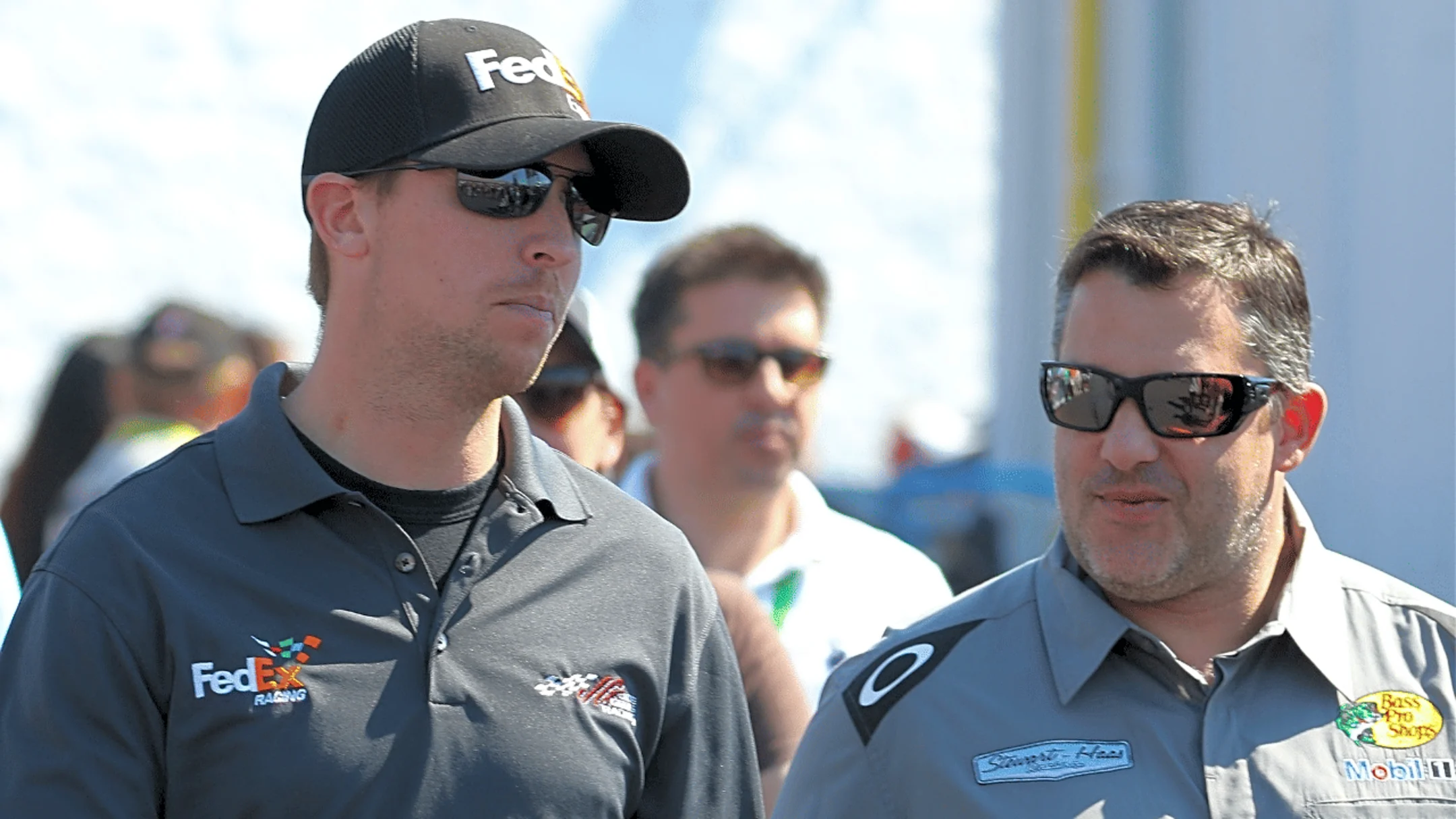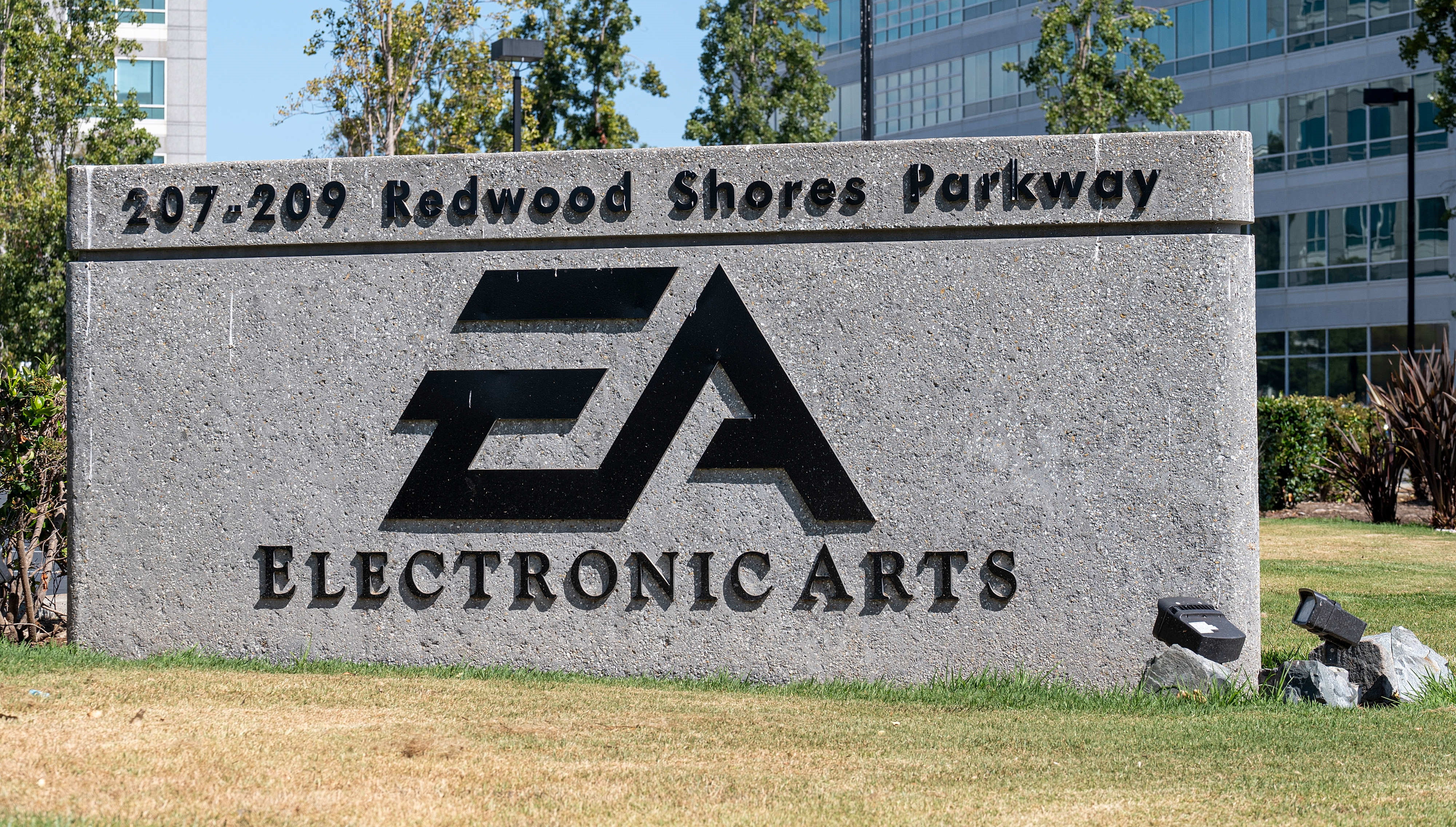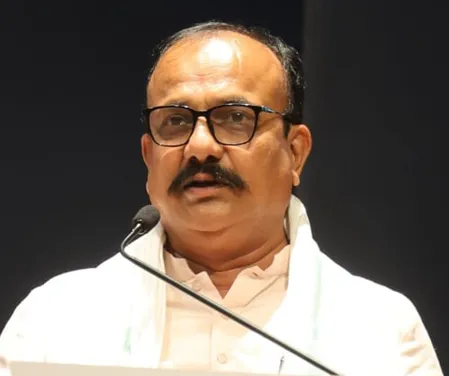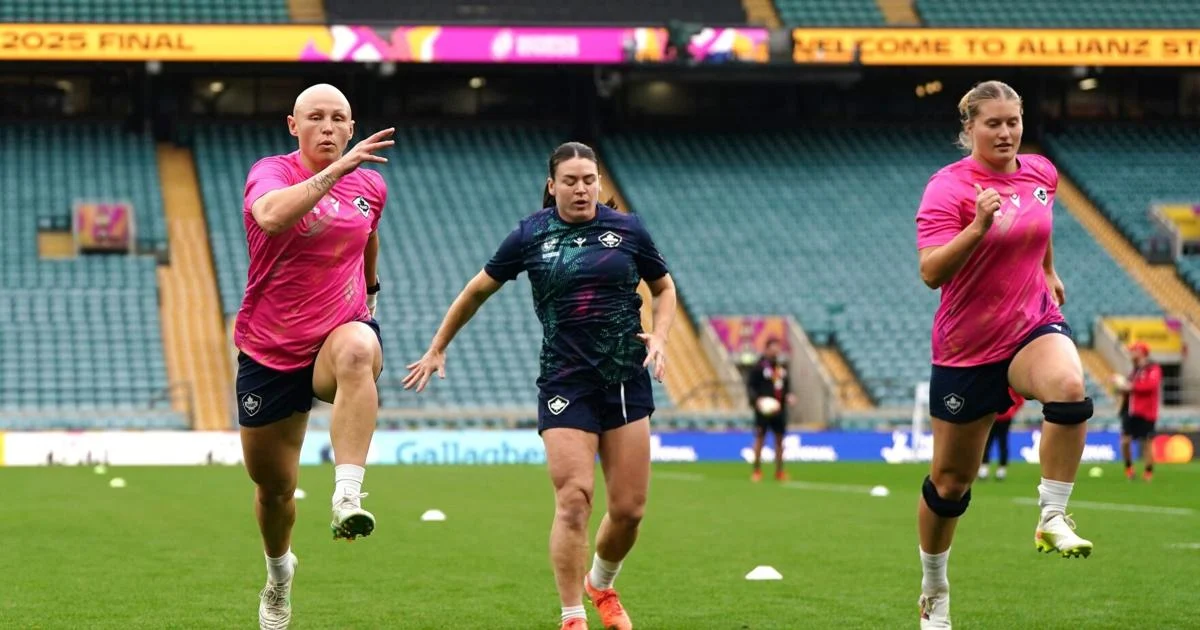Copyright indiatimes
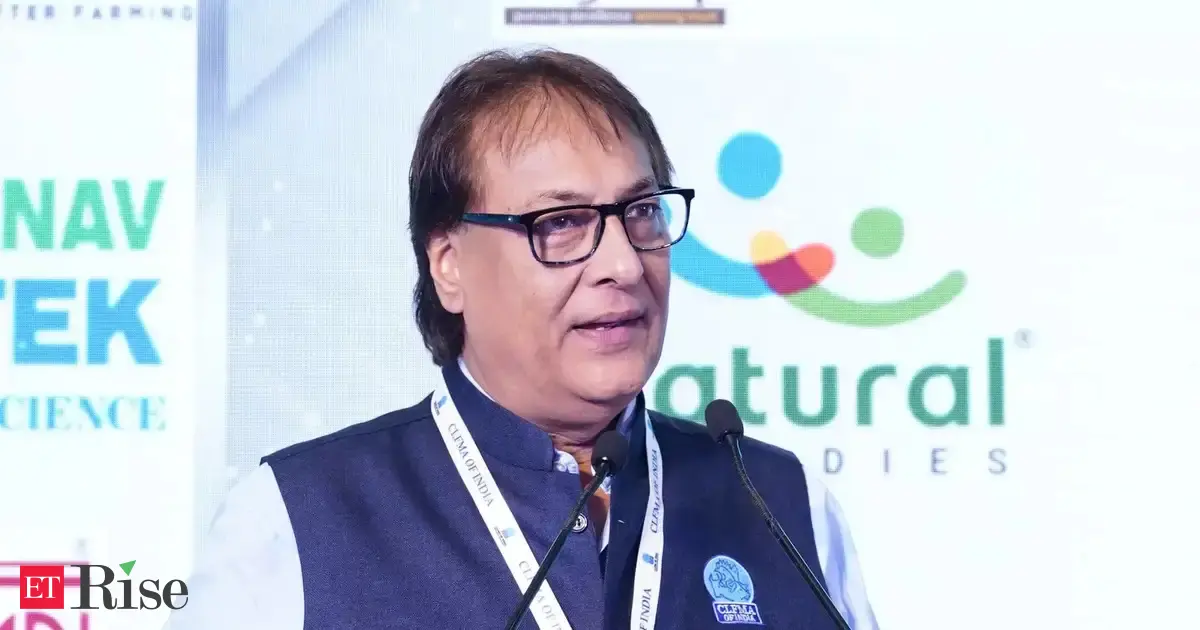
Shrimp farmers face a 50% blow unless domestic demand grows': Divya Kumar Gulati, CLFMA Animal agriculture is inseparable from farming, as nearly 80% of the cost of animal products comes from feed sourced from crops, according to Divya Kumar Gulati, Chairman of the Compound Livestock Feed Manufacturers Association (CLFMA). At the industry body’s recent symposium on “Animal Agriculture: The Way Forward”, Gulati spoke to ET Online on a range of topics. He warned that India’s poultry and aquaculture sectors face a feed crunch as corn is diverted to ethanol under the E20 policy, questioning how long such balancing acts can continue. Raising farm productivity—from the current 3–3.5 metric tons per hectare to U.S. levels of 11–12 will be key to self-reliance, he said, while also stressing the need to secure raw materials to sustain 8–10% annual growth. On seafood, Gulati flagged that shrimp exports could face a 50% hit from U.S. tariffs, making it critical to build a domestic market, dispel consumer myths, and open new trade routes through FTAs and government-backed export protocols. Excerpts: ET: Why the symposium on ‘Animal Agriculture: The Way Forward’?Divya Kumar Gulati (DKG): The reason for this symposium is that animal agriculture is an integral part of agriculture itself—because 80% of the cost of animal products is feed, and out of that, almost 75–80% comes from agricultural produce or by-products. For example, India’s total feed production is around 60 million metric tons, of which 40 million metric tons is poultry feed.Our sector consumes nearly 20–23 million metric tons of corn, while the balance comes from by-products of the oilseed and starch industries, which serve as protein sources. Corn is purely an energy source. The total corn production of the country is about 36–37 million metric tons, so we are consuming more than 55% of the corn produced in India.Now, with the government’s E20 policy—20% ethanol blending in fuel—around 8–9 million metric tons of corn has been diverted towards ethanol production. This creates a serious imbalance in the availability of corn for the poultry and aquaculture sectors. To balance this, the government has diverted approximately 5.2–5.3 million metric tons of rice for ethanol. But the question is: how long can this balancing act continue?That’s why the theme is “Animal Agriculture: The Way Forward.” The real question is how we sustainably grow at 8–10% per annum while tackling shortages of corn and other raw materials for feed.ET: PM Modi has advocated for a self-reliant India. Where do you see that mission going, especially with Donald Trump’s tariffs now hitting every major sector?Live EventsDKG: Yes, of course, we should be moving towards becoming a developed nation. But to do that, we also need the productivity to feed our sectors. Speaking of our sector specifically—if we want to grow sustainably, we require a lot of raw material.At present, productivity in India is around 3–3.5 metric tons per hectare, whereas a country like the US achieves 11–12 metric tons per hectare. If India can reach that level, there will be no shortage of raw material. The idea of self-reliance is good, the aim is fantastic—but we will only truly get there once we address these productivity gaps.We have been exporters of agri-products in the past, but slowly we are becoming importers—take edible oil, where 40–50% of our requirement is imported. Everything is linked to productivity. ICAR has done a lot of studies, but it now comes down to government policy, technology transfer, and supporting farmers so that productivity rises. Only then can we move towards “Viksit Bharat,” at least as far as our sector is concerned.ET: When it comes to seafood exports, shrimp is the major segment. How much of a blow do you think that sector is staring at?DKG: It’s going to be close to a 50% blow. Today we produce about one million metric tons of shrimp, of which almost half goes to the US. With tariffs now in place, and differential tariffs across countries, India will take a hit—especially when Ecuador is producing 1–1.5 million metric tons and competing strongly.The real question is: what happens to our farmers? That’s why another subject at our symposium was the need to develop a domestic market for shrimp. The sector alone cannot do this; we need to work with the government to build consumer demand at home.We have to tackle consumer myths first—that shrimp is too costly, only for the rich, or that its cholesterol is harmful. None of that is true. Shrimp is a high-quality protein, highly digestible, and the cholesterol is not harmful. We also need to give consumers more culinary exposure to shrimp. Unless these myths are broken and domestic demand grows, the sector will face serious problems.ET: In terms of policy support from the government, what are the top three things you are asking for?DKG: As of now, the most urgent issue is sustaining shrimp farming—because so many farmers are linked to it, and the sector is facing pressure from tariffs. The second is ensuring the availability of raw materials for producing feed. If we want to grow sustainably at 8–10% annually, we need reliable access to inputs.As the Minister said at the inaugural program, “behind closed doors, open talk”—that is a welcome first step. We look forward to such interactions where industry and government can sit together and resolve these issues. These two priorities—support for shrimp farmers and feed availability—are immediate.ET: Are there any major export markets where you would advise your members to focus now?DKG: For shrimp, yes. For example, under the India–UK FTA, shrimp exports to the UK now face zero duty. That is a big opportunity. Beyond that, we need to build markets in the Middle East and CIS countries. MPEDA (Marine Products Export Development Authority) will surely be working on this as well.But the same message we take to Indian consumers about shrimp—its affordability, nutritional value, and versatility—also needs to be carried internationally. In the long run, however, self-sufficiency through a strong domestic market will be the best solution for the subsector.Add as a Reliable and Trusted News Source Add Now! 'Shrimp farmers face a 50% blow unless domestic demand grows': Divya Kumar Gulati, CLFMA Read More News onanimal agricultureshrimpmarine products export development authorityicarftaclfmaviksit bharat Nominate your pick for ET MSME Awards 2025 by Oct 15....moreless Read More News onanimal agricultureshrimpmarine products export development authorityicarftaclfmaviksit bharatNominate your pick for ET MSME Awards 2025 by Oct 15....moreless Prime ExclusivesInvestment IdeasStock Report PlusePaperWealth Edition123View all Stories
